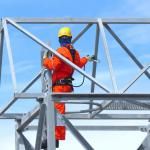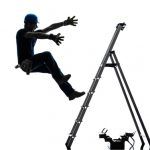
Working at Heights: Do You Have a Fall Protection Plan? Is It Current? Is Proper Training in Place?
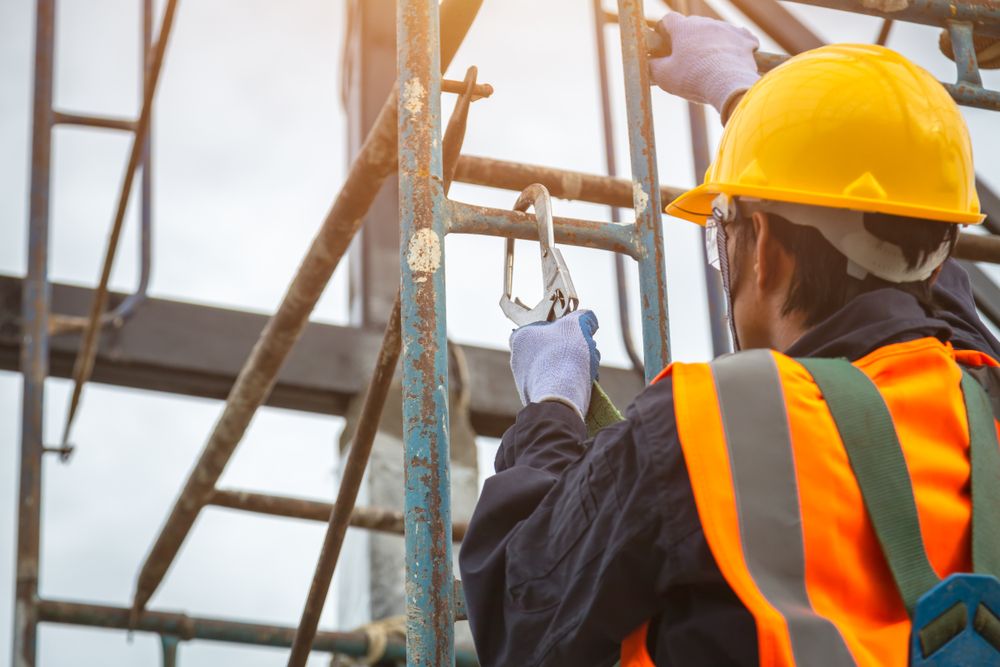
Does your company, work site or organization have a fall protection plan?
If your workplace involves working at heights of any kind, a fall protection plan is an essential component of working at heights in your workplace safety program.
Working at heights brings a risk factor of multiples or exponential threat, depending on the heights involved and the nature of the work.
A fall from heights can have catastrophic consequences.
That’s why every workplace operating at acceptable levels (or higher) of safety has a comprehensive and current fall protection plan as part of its working at heights safety program.
The Perils & Pitfalls of Working at Heights: Fall Protection
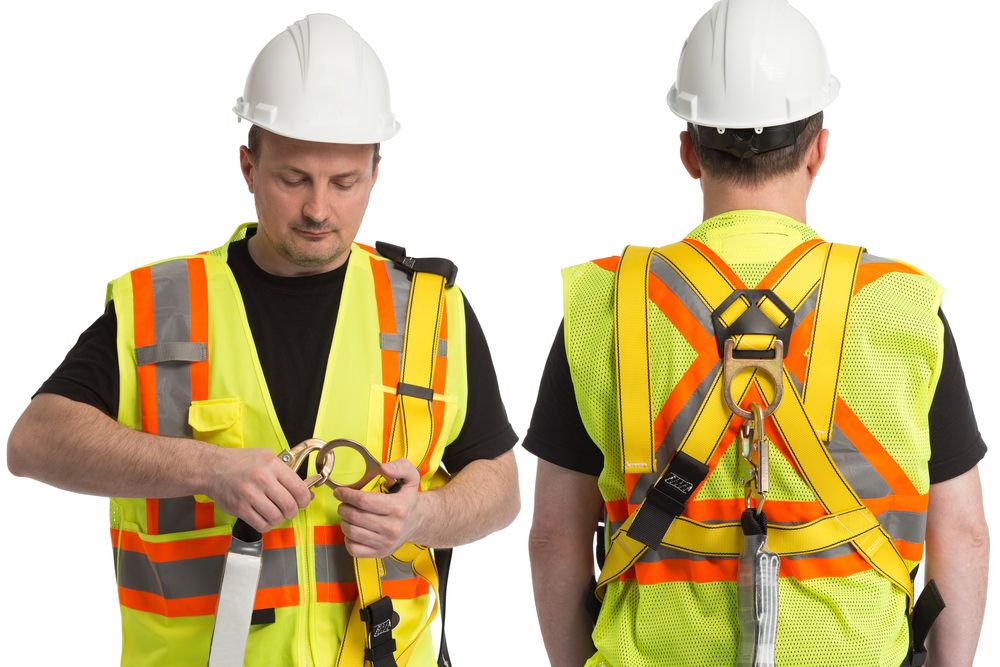 Working at heights is one of the most hazardous aspects of occupational safety. The risk of falling is magnified by the consequences should a fall occur.
Working at heights is one of the most hazardous aspects of occupational safety. The risk of falling is magnified by the consequences should a fall occur.
While a slip and fall is bad in any workplace, a fall from height adds to the risk factor.
The greater the heights, the higher the potential for injury or death in case of a fall.
Approximately 40% (2 in 5) deaths in construction from 1982-2015 involved falls.
Working at heights includes:
- Forklift platforms
- Elevated work platforms
- Aerial devices
- Suspended equipment
- Fixed suspended work platforms
All of these involved the risk of falling and the potential for injury or death from a fall while working at heights.
Fall Protection: Essential Component of Working at Heights Safety Training & Protocol
 When working at heights, be it on a construction site, a roofing job, a window washing platform or one of myriad other working at heights situations, there are a variety of fall protection options.
When working at heights, be it on a construction site, a roofing job, a window washing platform or one of myriad other working at heights situations, there are a variety of fall protection options.
The type and configuration of fall protection you need depends on the nature of the work, the degree of height, etc.
Types of working at heights fall protection include:
- Fall containment system (e.g. safety nets)
- Warning barriers
- Surface opening protection (guardrails, covers, etc.)
- Fixed barriers (e.g. handrails)
- Fall restraints & travel restraints
And many others. Researching the types of fall protection systems is part of your due diligence for working at heights safety program.
The next step is to put together a fall protection plan.
Fall Protection Plans: Why They Are Vital, How to Create & Improve One
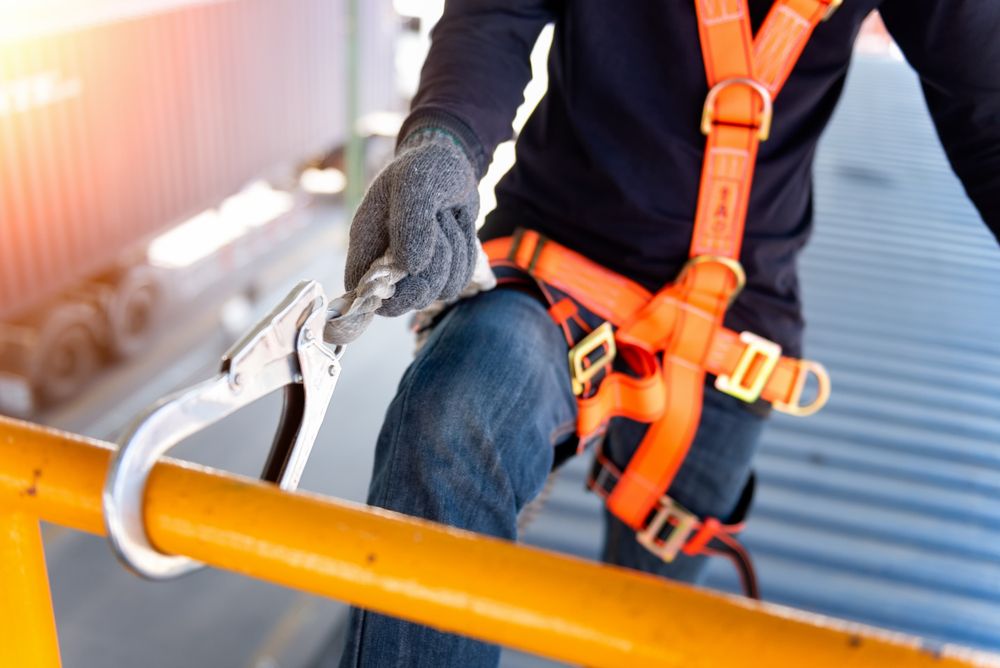 A fall protection plan is a proactive measure of workplace safety and working at heights.
A fall protection plan is a proactive measure of workplace safety and working at heights.
Fall protection plans provide a detailed outline and course of preventive action. They include policy and procedures, as well as fall protection safety training.
All staff who are working at heights, their supervisors and those working in the vicinity should be trained and stay current on their training when it comes to fall protection and working at heights.
Another part of the fall protection plan is to inspect the premises and go through any and all areas where the potential for fall from height exists.
Then, once those areas have been identified, go through and examine the fall protection that is currently in place. Is it sufficient? Can the fall protection be improved?
A fall protection plan can also make recommendations to management for improvements in various aspects of fall protection where working at heights takes place.
How ACT Can Help with Your Fall Protection Plan
At Advanced Consulting & Training, a leader on workplace safety in Ontario, we have an unparalleled depth of experience on safety training and safety consulting for fall protection & working at heights.
We can help create the fall protection plan for your work site or organization; or we can update your existing fall protection plan.
We also provide working at heights safety programs for employees, including effective safety components on fall protection.
Contact us today to find out more.

